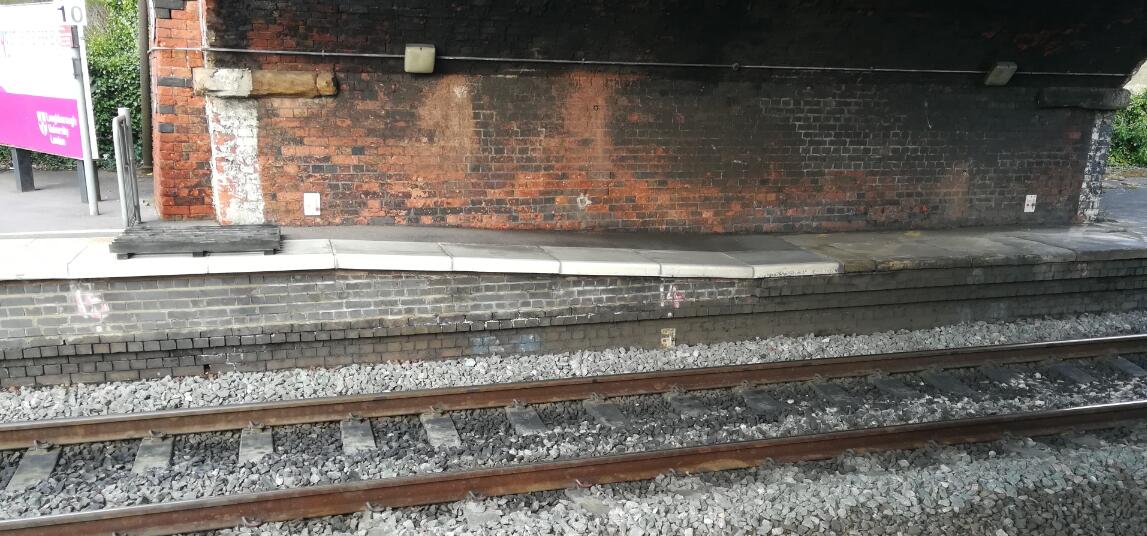But there are two track gauges. 5ft 3 in on the Island of Ireland and 4ft 8½ in England, Scotland and Wales. Why the difference when all were united in 1801?
In some countries like France the state effectively built the railways and licenced the companies to operate them, and I expect this would explain why all the main routes were the same gauge.
In the UK and Ireland I don't believe there was intially any compulsion on companies to adopt a particular gauge, otherwise Brunel would never have been able to adopt something different. Companies not closely associated with the GWR mostly went for standard because they were surved by a Stephenson or one of their pupils, or because they would connect to other standard gauge railways, or perhaps just because that was the gauge they could most easily buy locomotives and rolling stock for.
But the chaos that ensued when transhipping at "break of gauge" stations led to Parliament determining in 1846 that all new main lines in Britain should be standard gauge except extensions to the GWR broad gauge, and even that company was fully standard by 1892.
The same Act determined the use of 5'3" for Ireland, approximately the average of the three different gauges that had been laid by then but not the same as any of them! The same gauge appeared in parts of Australia, probalby because they employed Irish engineers.
You're forgetting: the USA has TERMITES!
Wooden platforms would have a very short life and would be dangerous
They seem to manage quite well with wooden sleepers, in fact they were much slower to adopt concrete ones than Europe. Not to mention some huge timber trestle bridges. So they must have found a solution to this problem.
[with the assistance of various Wikipedia pages to confirm details and dates]


